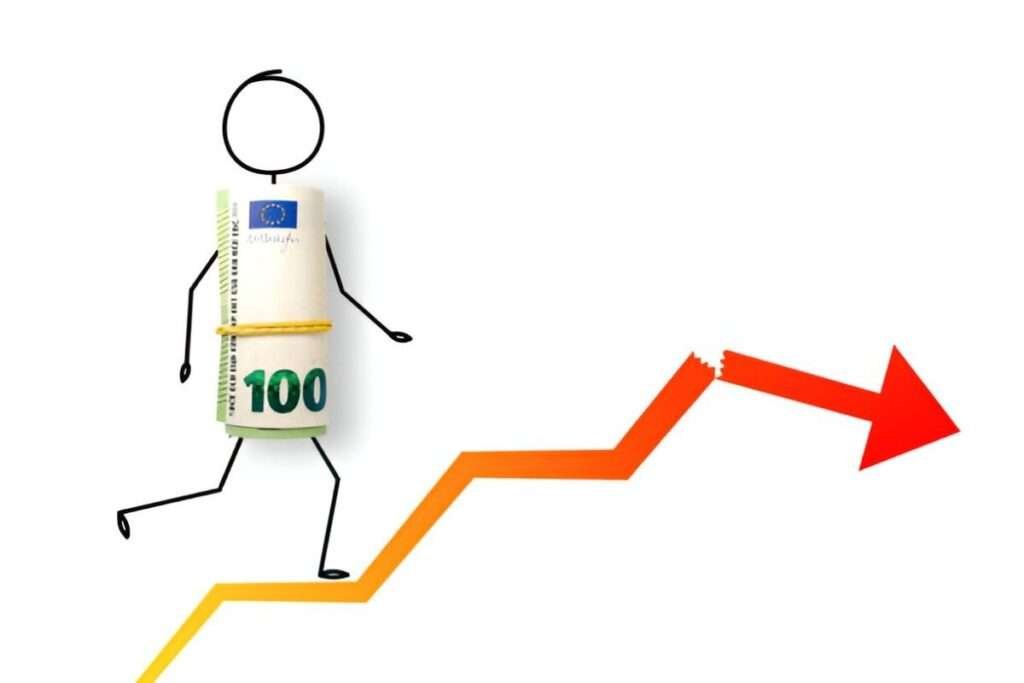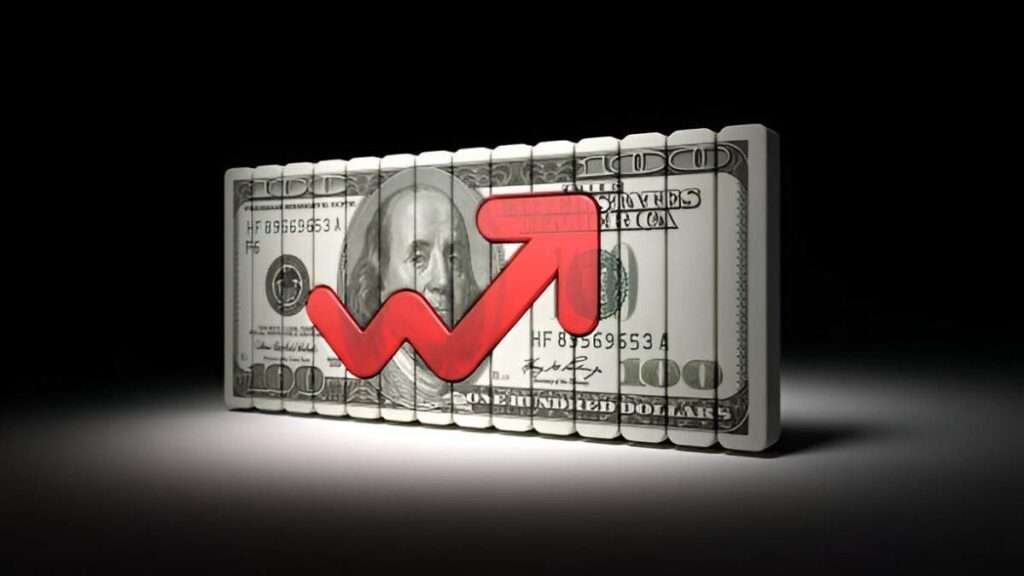Introduction
Forex trading attracts many due to its low entry barriers. Unlike stocks, where significant capital is needed, forex allows traders to begin with as little as $50. However, trading with such a small amount requires strategic management, an understanding of leverage, and realistic expectations. I will explore whether a $50 forex account can be viable, the risks involved, and how one can optimize their chances of success.
Table of Contents
Understanding the Basics of a $50 Forex Account
A $50 forex account means starting with limited capital. Forex brokers offer high leverage, sometimes up to 1:500, making it possible to control larger positions with a small deposit. But leverage also magnifies risk.
Leverage and Margin
Leverage allows traders to control larger positions with smaller capital. The table below shows how leverage affects a $50 account.
| Leverage Ratio | Buying Power | Risk Exposure |
|---|---|---|
| 1:10 | $500 | Low |
| 1:50 | $2,500 | Moderate |
| 1:100 | $5,000 | High |
| 1:500 | $25,000 | Extreme |
At 1:100 leverage, a $50 deposit controls $5,000. A 1% price movement equals a $50 change, which can wipe out the account.
Lot Sizes and Position Sizing
Forex trades in lot sizes:
- Standard Lot: 100,000 units
- Mini Lot: 10,000 units
- Micro Lot: 1,000 units
- Nano Lot: 100 units
A $50 account should use micro or nano lots to manage risk. The table below illustrates potential risks for different lot sizes with a 1% price movement on EUR/USD.
| Lot Size | Pip Value (USD) | Loss from a 1% Move |
|---|---|---|
| Standard | $10 | $1,000 (Account Wiped) |
| Mini | $1 | $100 (Account Wiped) |
| Micro | $0.10 | $10 (20% of Account) |
| Nano | $0.01 | $1 (2% of Account) |
Traders should stick to nano or micro lots to prevent rapid losses.
Trading Strategies for a $50 Account
Scalping
Scalping involves making quick trades to capture small price movements. Since it requires rapid execution and low spreads, a broker with tight spreads is essential.
Example: Trading EUR/USD with a 5-pip target at $0.10 per pip (micro lot). A successful trade earns $0.50, a 1% gain on the account. However, spreads and commissions can eat into profits.
Swing Trading
Swing trading holds positions for days to capture larger price movements. It reduces the impact of spreads but requires patience.
Example: If EUR/USD moves 100 pips in a week and a trader holds a micro lot, they earn $10, or a 20% account gain.
Risk Management
A $50 account must employ strict risk management:
- Risk Per Trade: No more than 2% of capital. With $50, this means risking $1 per trade.
- Stop-Loss Placement: Always use stop-loss orders. If trading a micro lot, placing a stop-loss 10 pips away limits risk to $1.
- Avoid Overleveraging: Keeping leverage low reduces exposure.
Challenges of a $50 Forex Account
Emotional and Psychological Pressure
Small accounts experience high emotional strain. A few losing trades can wipe out the account, leading to frustration and impulsive decisions.
High Transaction Costs
Spreads and commissions disproportionately impact small accounts. If a broker charges a $1 commission per trade, a trader must make over 2% profit per trade just to break even.
Limited Growth Potential
Even with an excellent strategy, compounding a $50 account is slow. If a trader gains 10% per month, it would take several years to build a meaningful balance.
Practical Example: Growing a $50 Account
Let’s assume a trader grows their account by 10% monthly through disciplined trading.
| Month | Account Balance |
|---|---|
| 1 | $50 |
| 2 | $55 |
| 3 | $60.50 |
| 6 | $88.58 |
| 12 | $155.13 |
After a year, the account grows to $155.13. While this is progress, it remains small for significant profits.
Alternative Approaches
Instead of relying solely on a $50 deposit, traders can consider:
- Prop Trading Firms: Some firms provide capital in exchange for profit sharing.
- Demo Trading: Building skills in a risk-free environment.
- Saving for a Larger Deposit: Increasing starting capital reduces risk.
Conclusion
Trading forex with $50 is possible but challenging. It requires discipline, proper risk management, and realistic expectations. While rapid growth is unlikely, steady and careful trading can build experience and modest gains. Most traders would benefit from starting with a larger amount or considering alternative options such as prop firms or demo trading before committing real funds.





